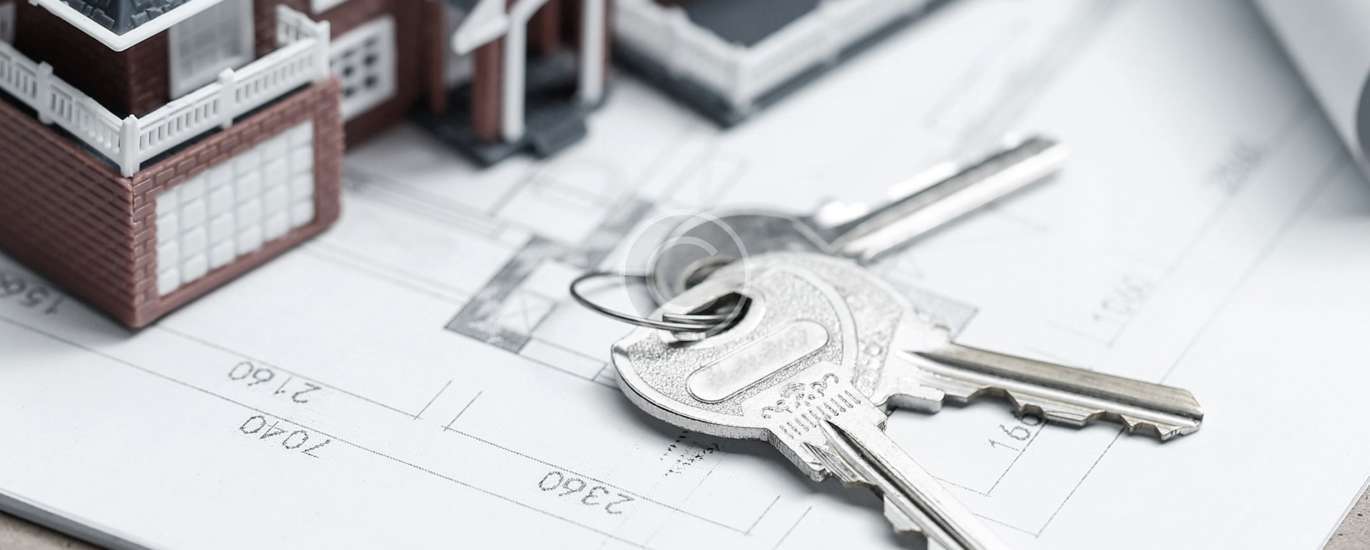Bailiffs
A bailiff is only allowed to collect the amount of money shown on the court order when he comes to make the levy.
That is all the claim went in for and that is all the court will order to be levied.A bailiff is required to produce the original court order at the door.
He is not permitted to add his fees to the document and collect those fees on the levy. To do so would be to alter a legal document.
You are not obliged to pay them on demand.
When he gets the lawful/legal order of the court, complete with obligatory wet signature, he does not come to your door and show you it or even a copy of it – as he claims to be doing – he is showing you a computer printed warrant of execution done in the office with his name printed on it.No wet signature from the court and no court appointed amount to be levied.
On this printout, composed by the company itself, he puts the relevant and necessary details from the court then adds his own fees as though those fees were part of the court order itself.They are no more than his unsubstantiated claim for money from you.
If he showed you the original, or even a photocopy, it would show only the amount the court ordered and that amount is £45. That is all is ordered to pay by the court – not £345 = £300 is the bailiff fees. To get his fees lawfully/legally, he would have to make a Part 7 claim in court, go through the usual claim process and get a court warrant to enforce the debt. Seizing goods just to pay the fees of distraint order is wrong. (Nargett v Nias [1859] 1 E&E 439) is now in force as of 1 October 2012.These provisions are in section 54 of the Protection of Freedoms Act 2012.
The law says under Part 52.8(2) (c) of the Criminal Procedure Rules 2013 the bailiff has to show the warrant on demand to the debtor and is supported by the judgment of Andrews v Bolton Borough Council [2011] It must be the genuine document the court issued and not a printout.
Statutory Demands
Winding up Petitions
If you receive a Winding up petition it will have on it the debt the petitioner says you owe and the date the court is going to hear the Petition.
Company Demands
We determine if there is potential liability on the part of our client. We vigorously defend against any payment or settlement.
County Court Judgment
We will be attending court sessions to get the final resolution for the case.


